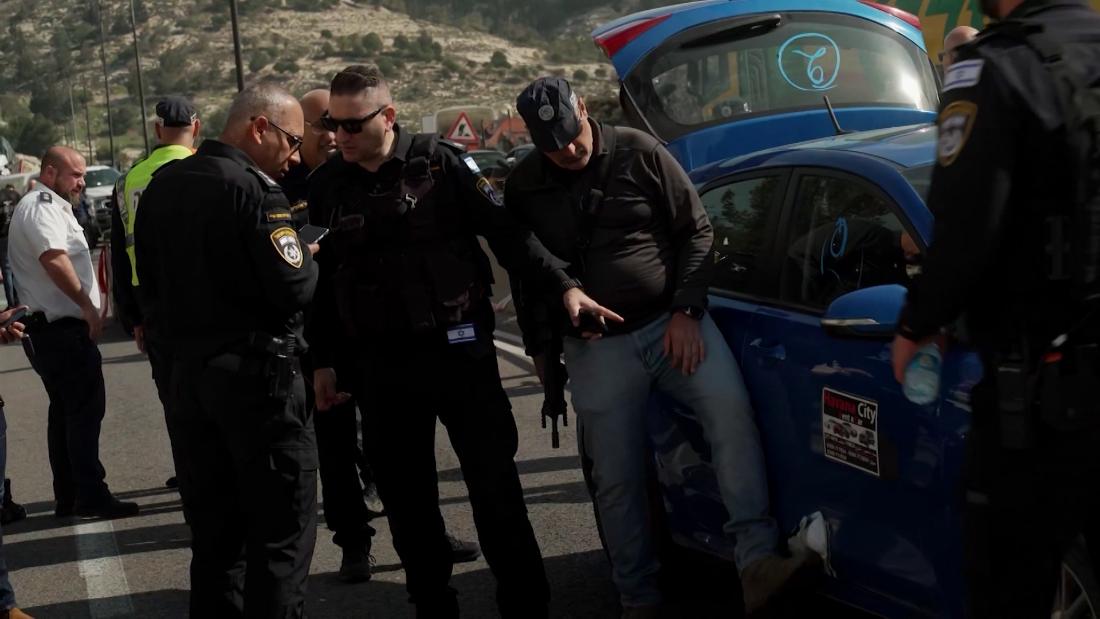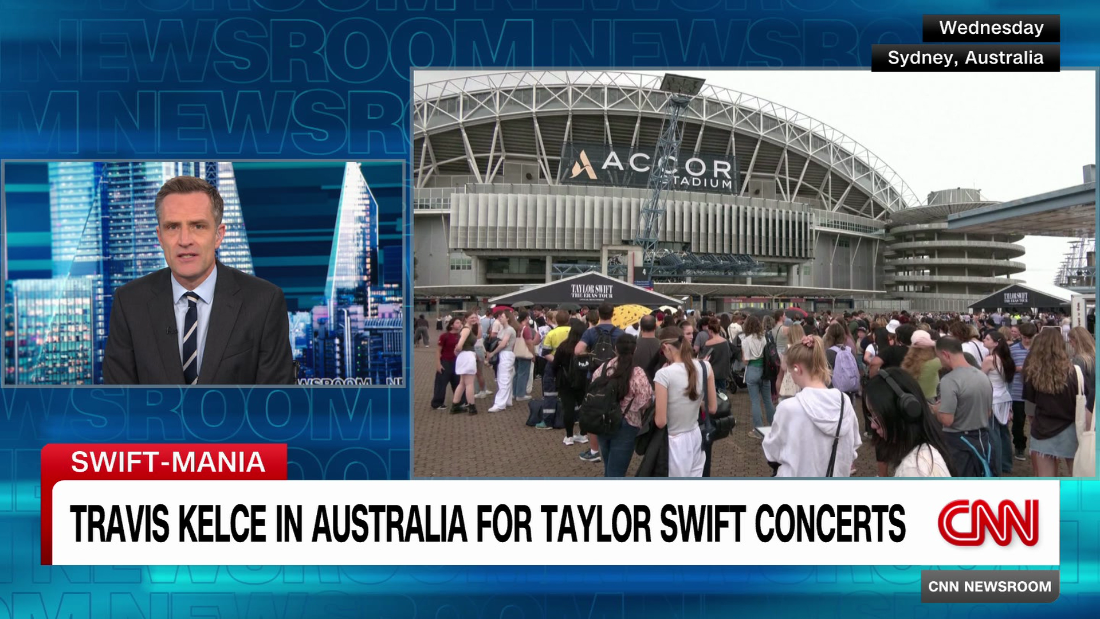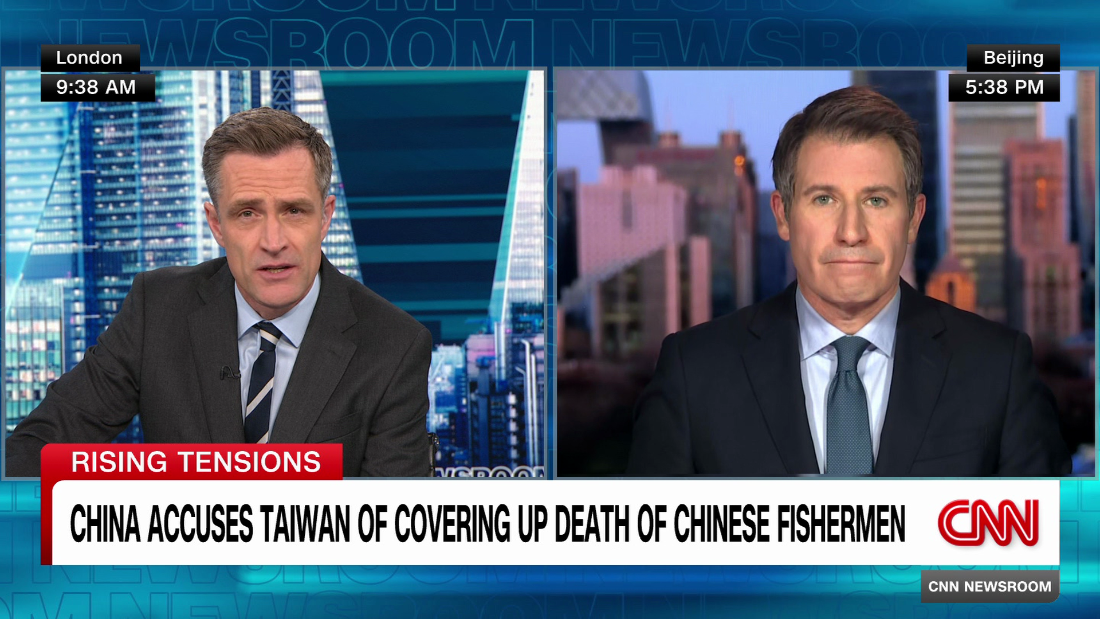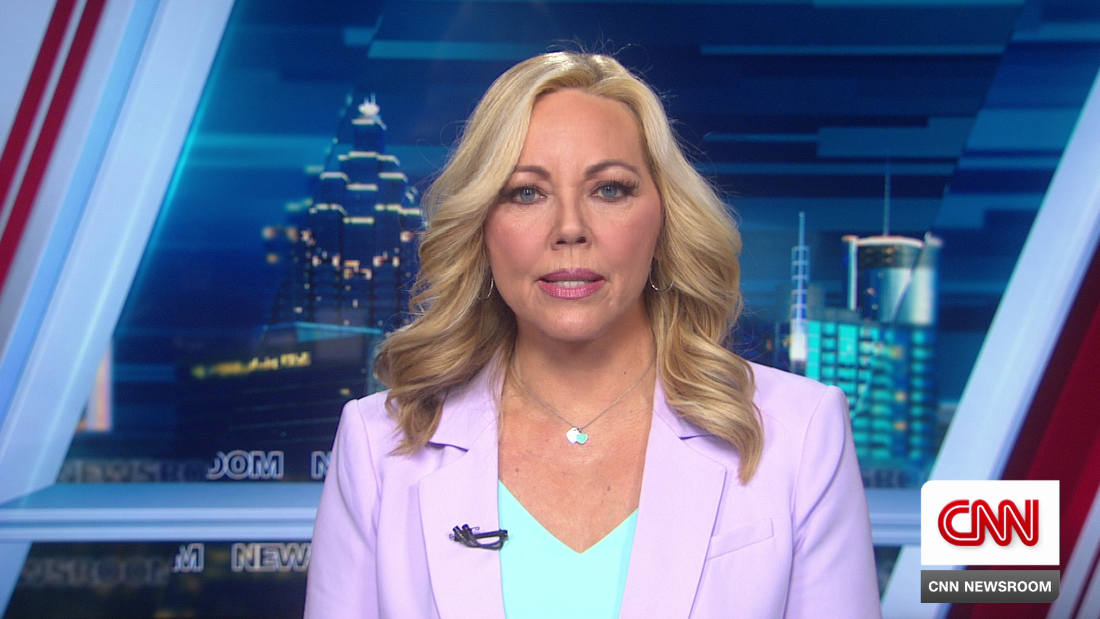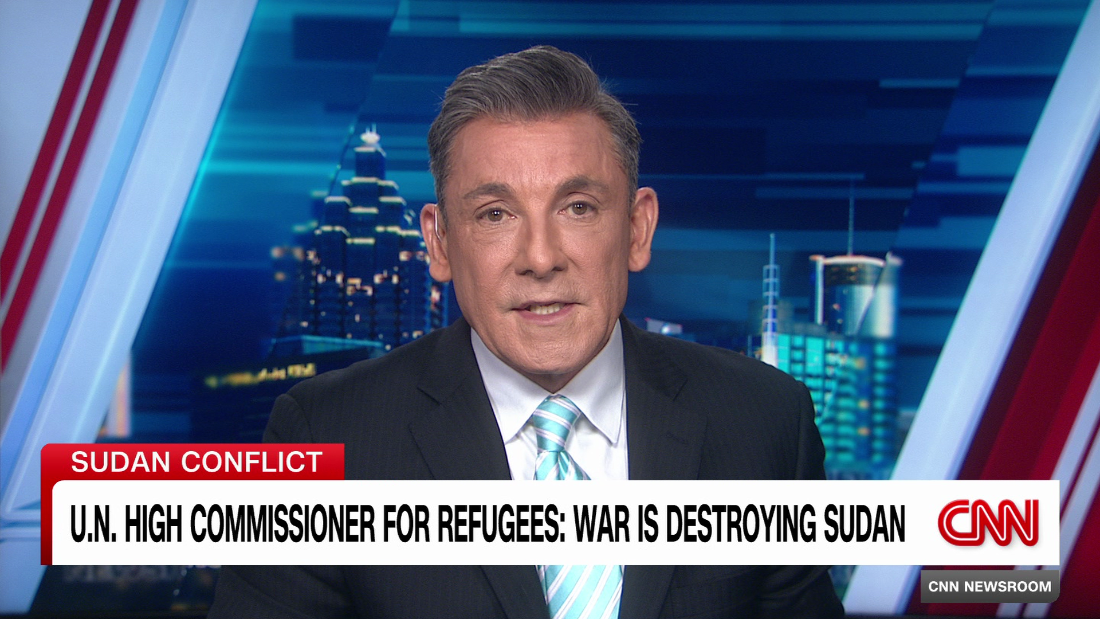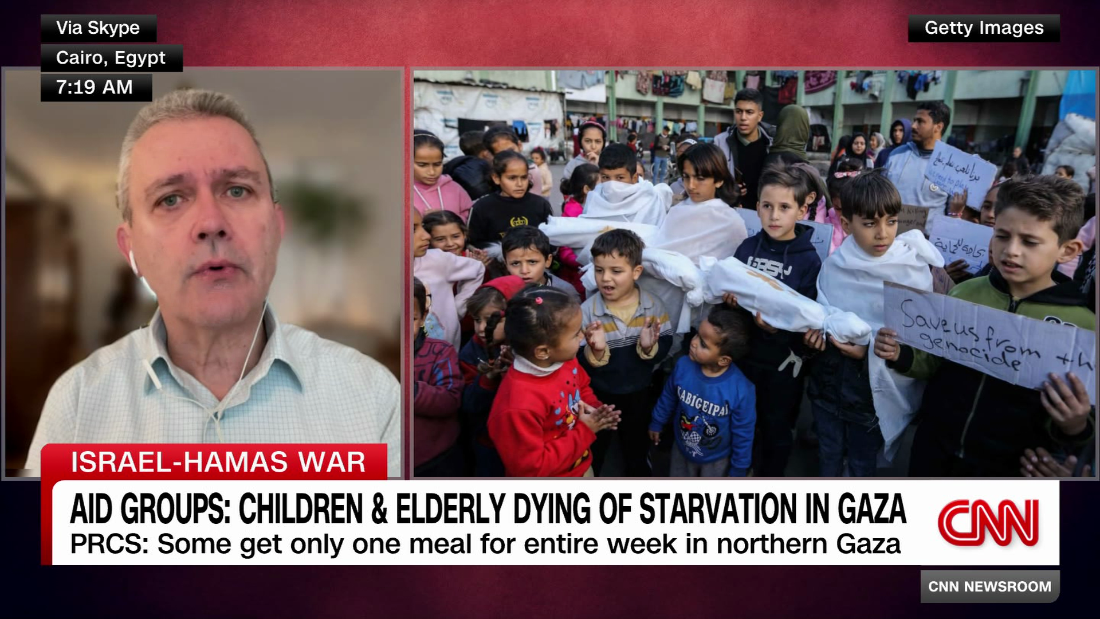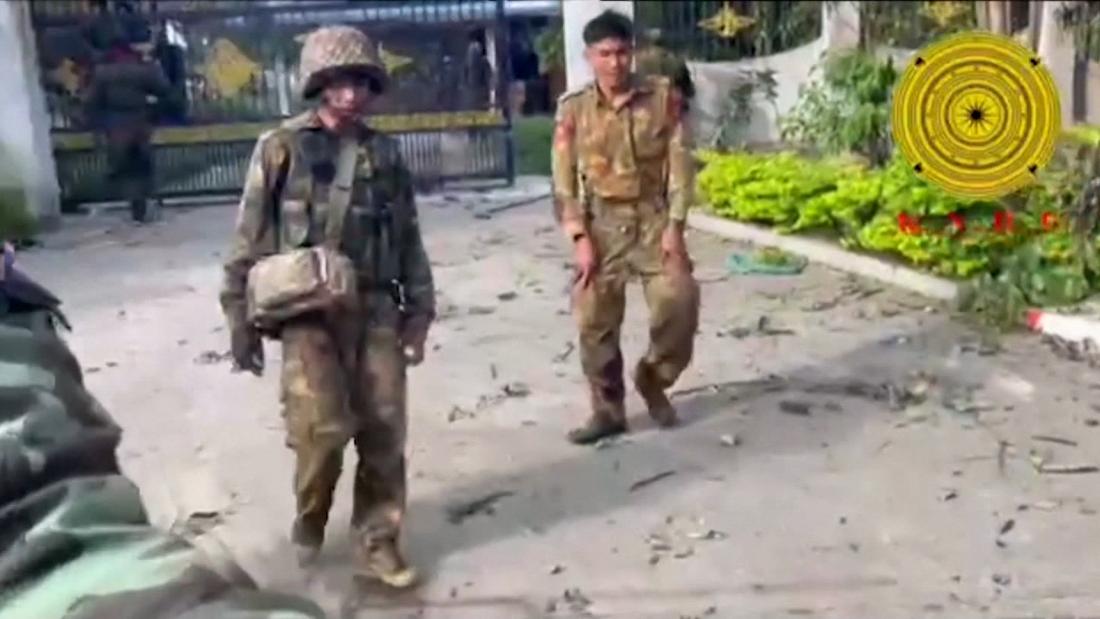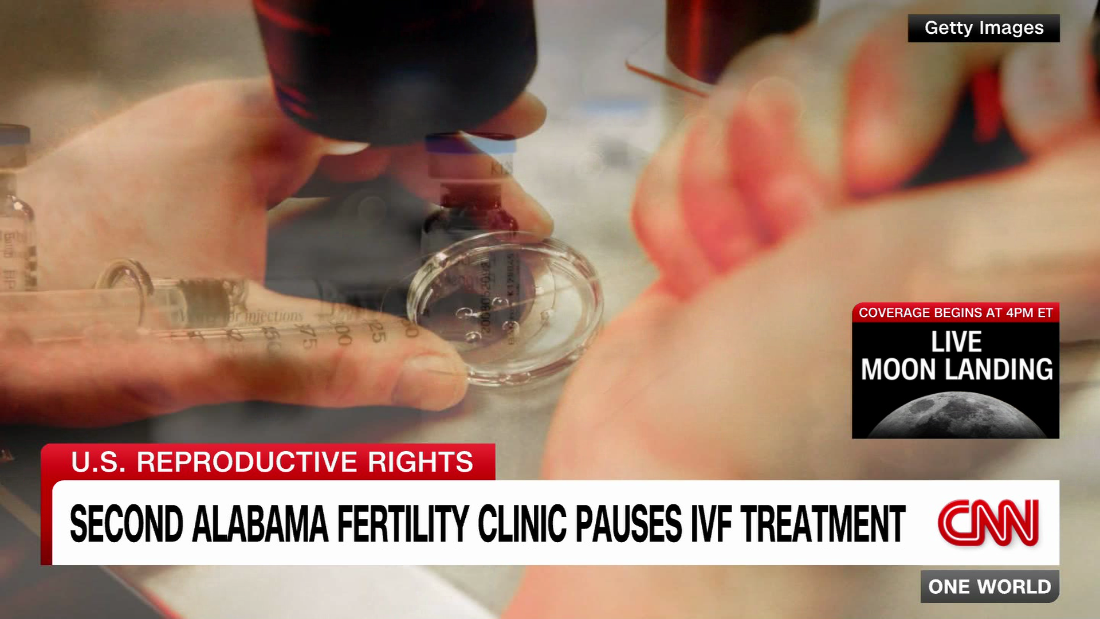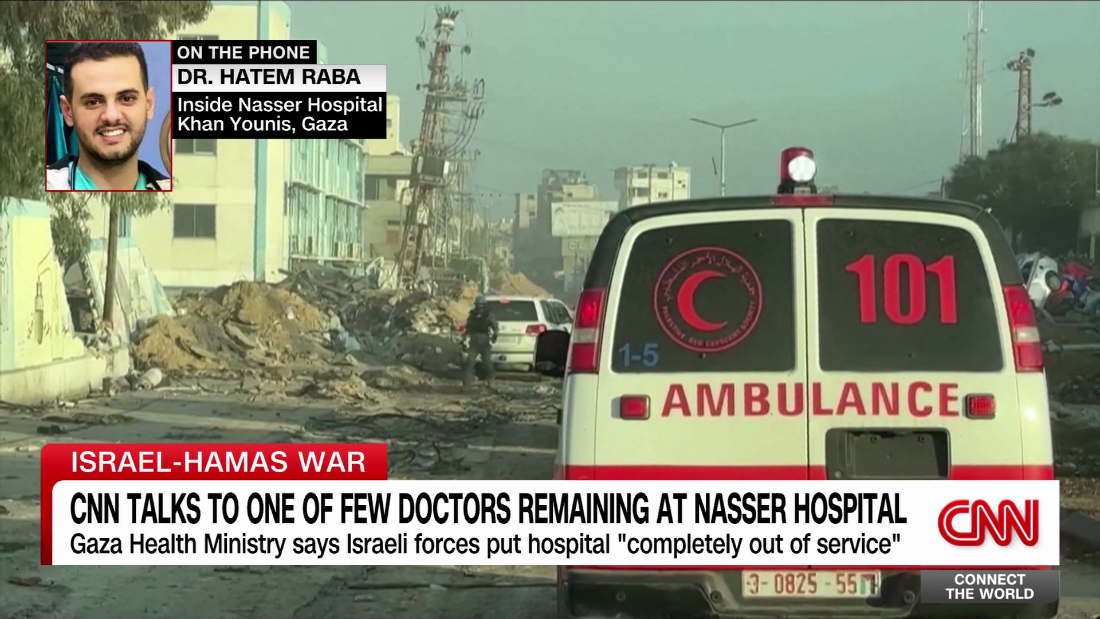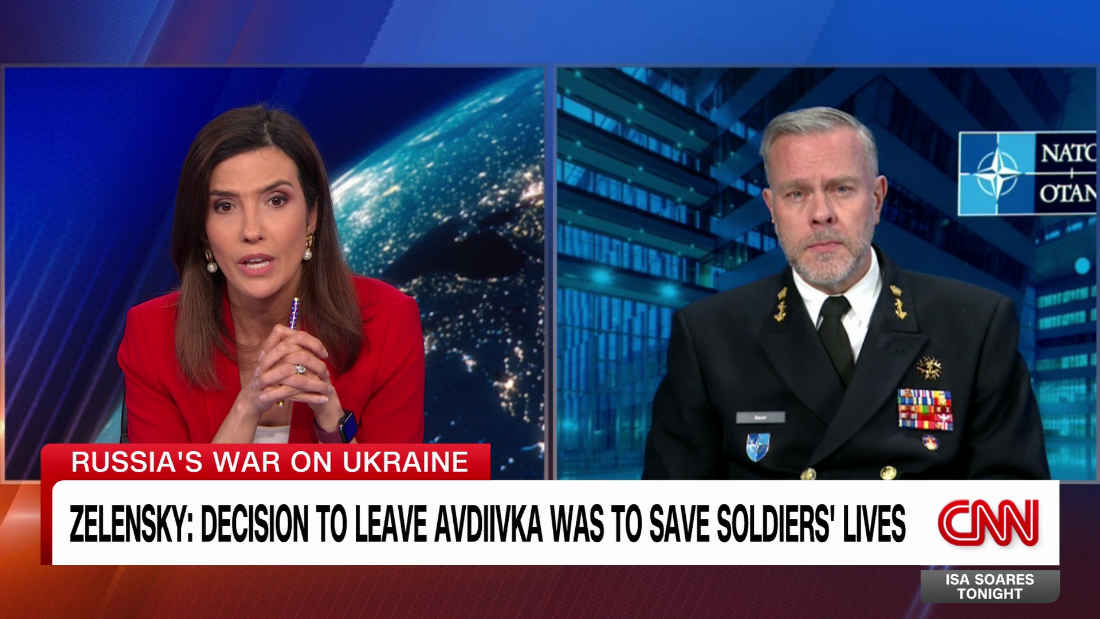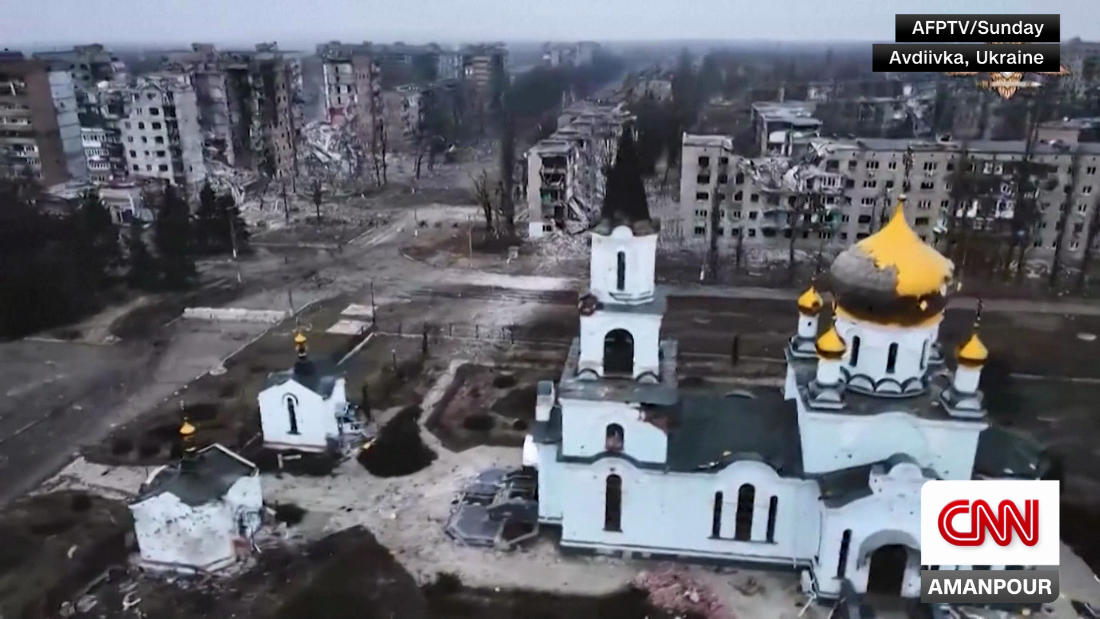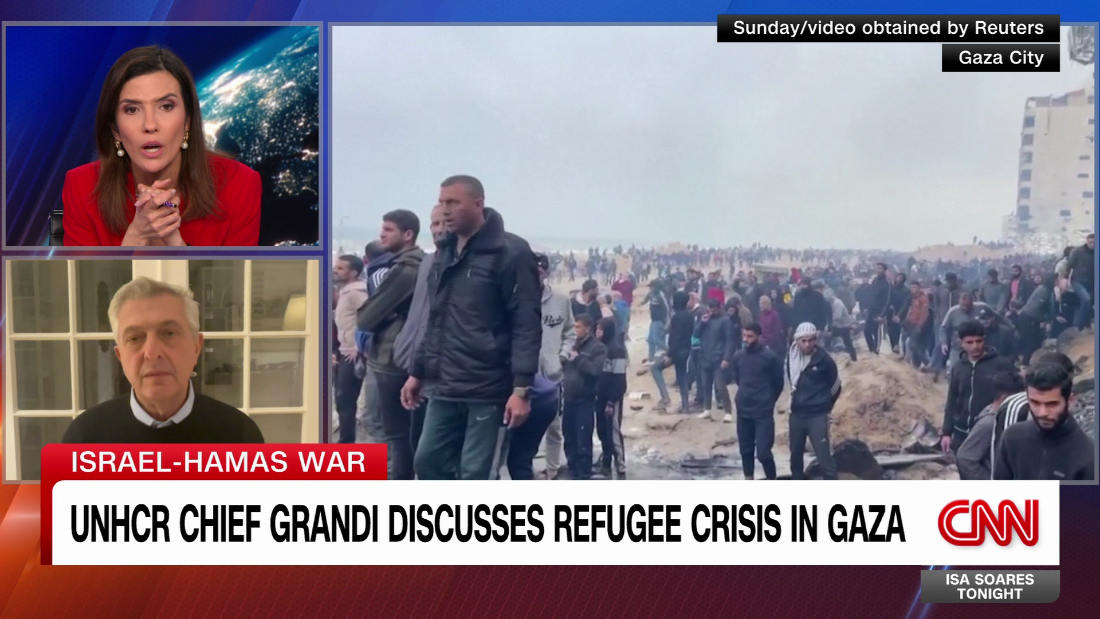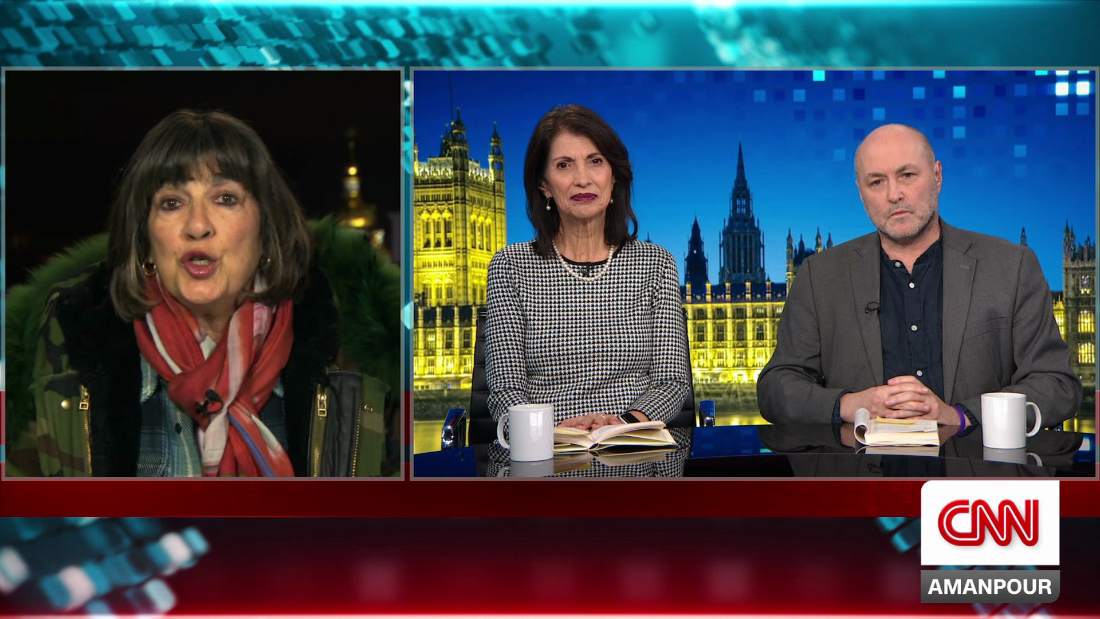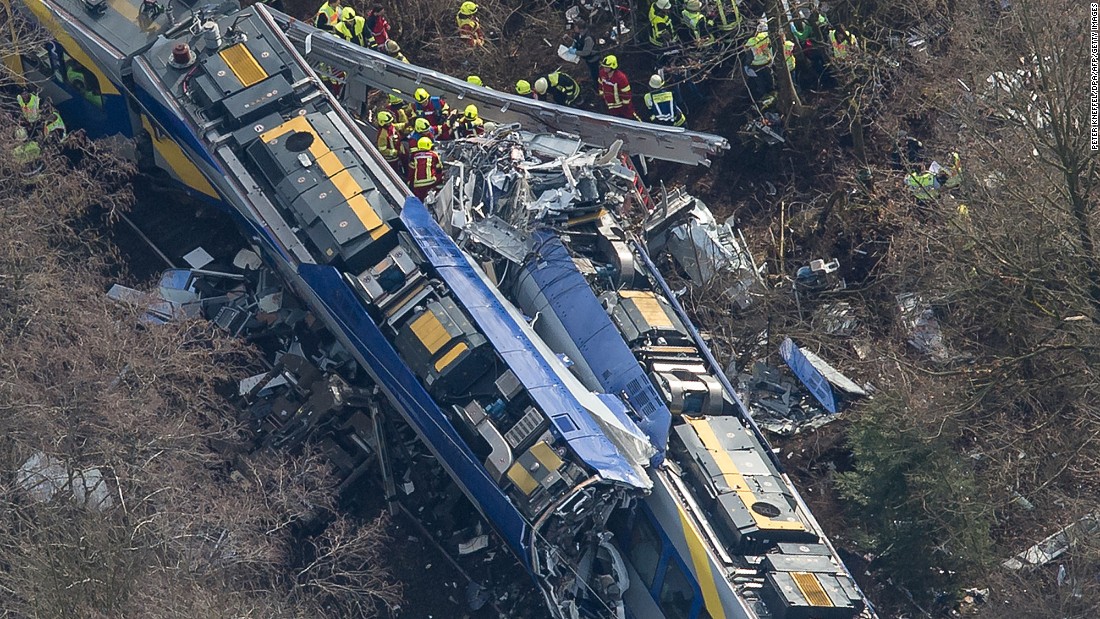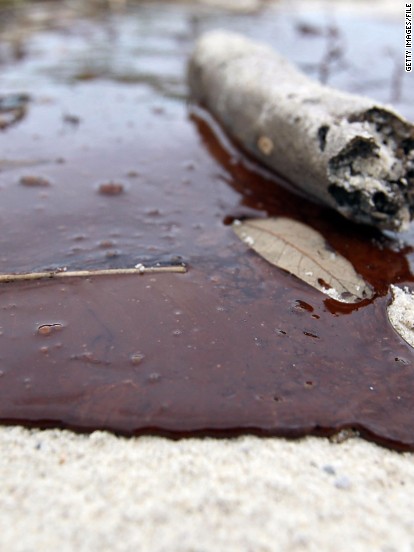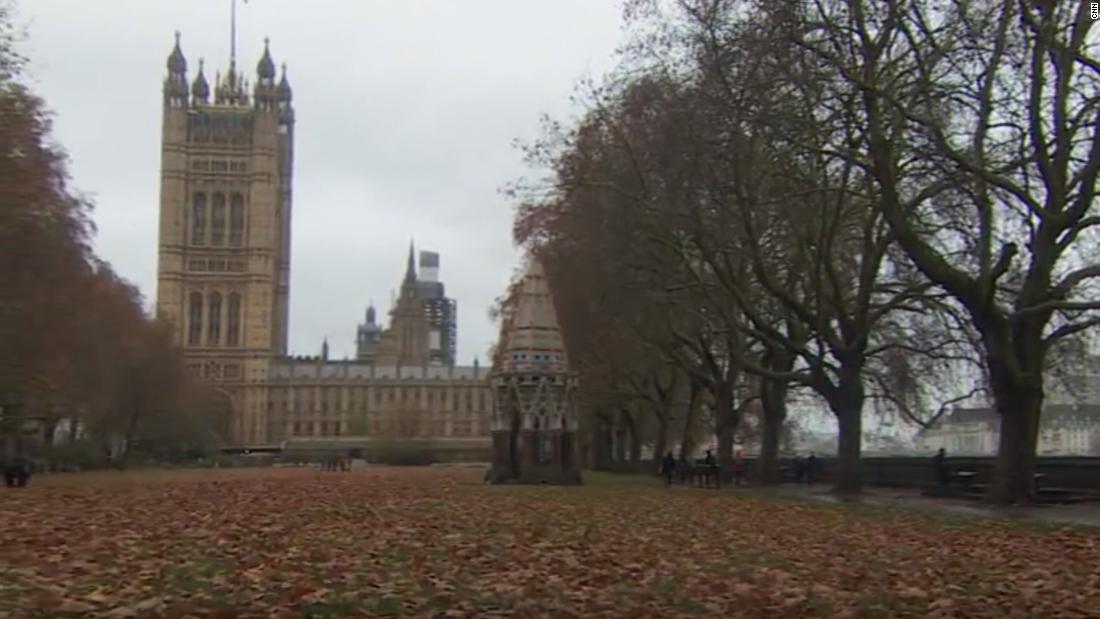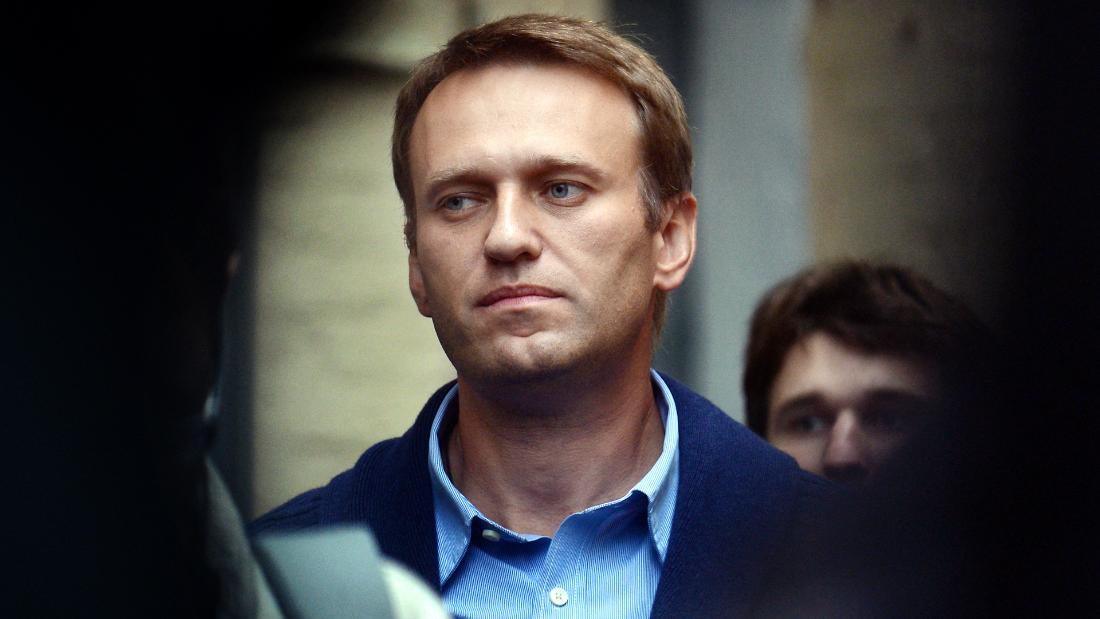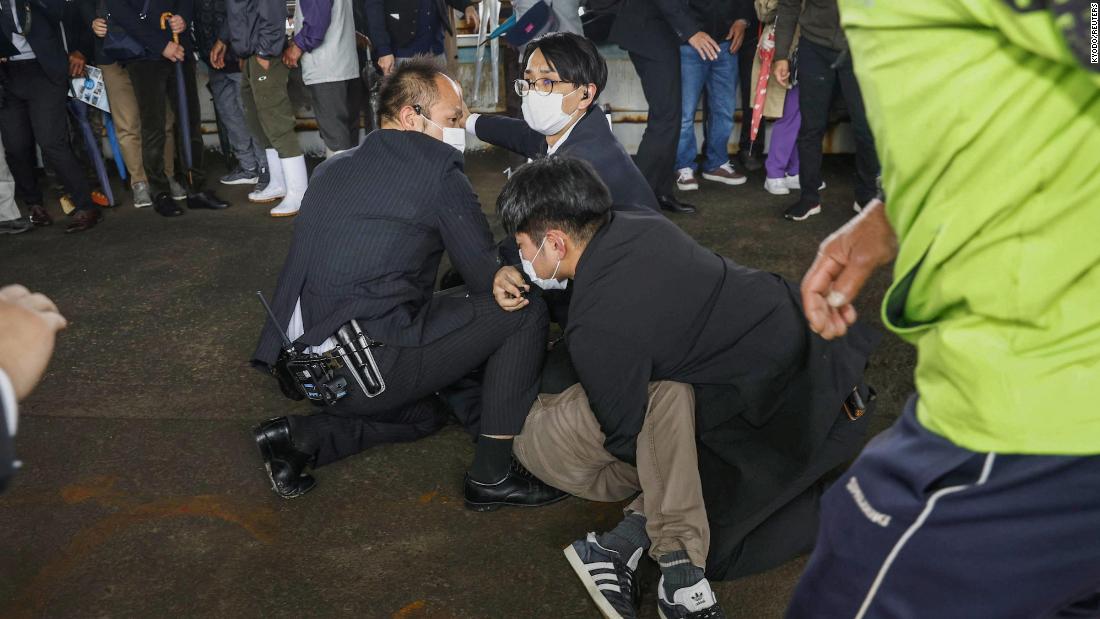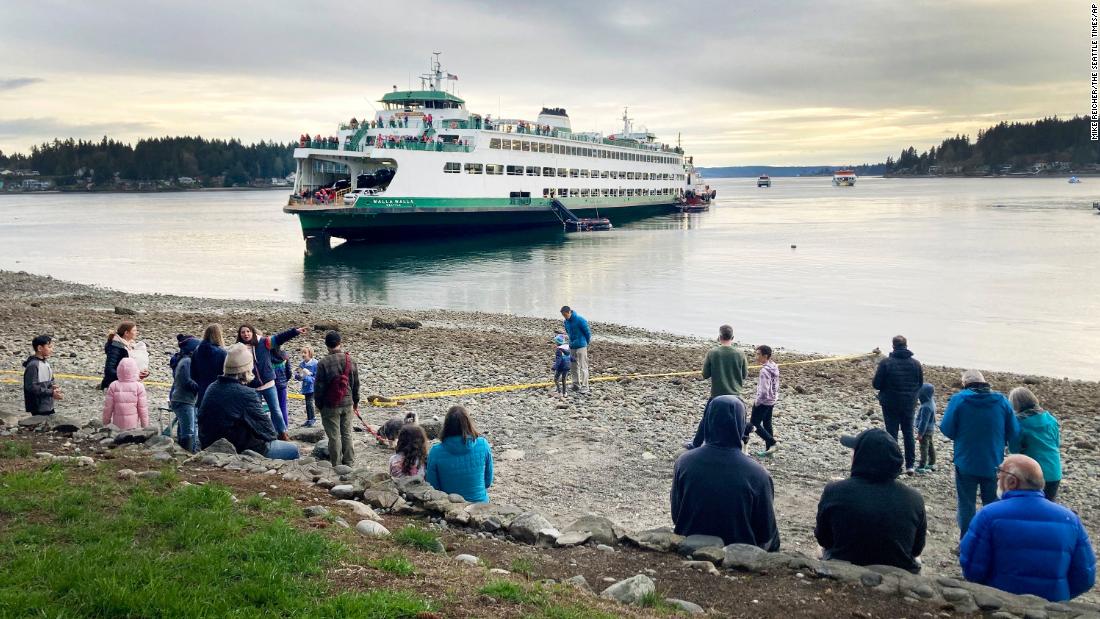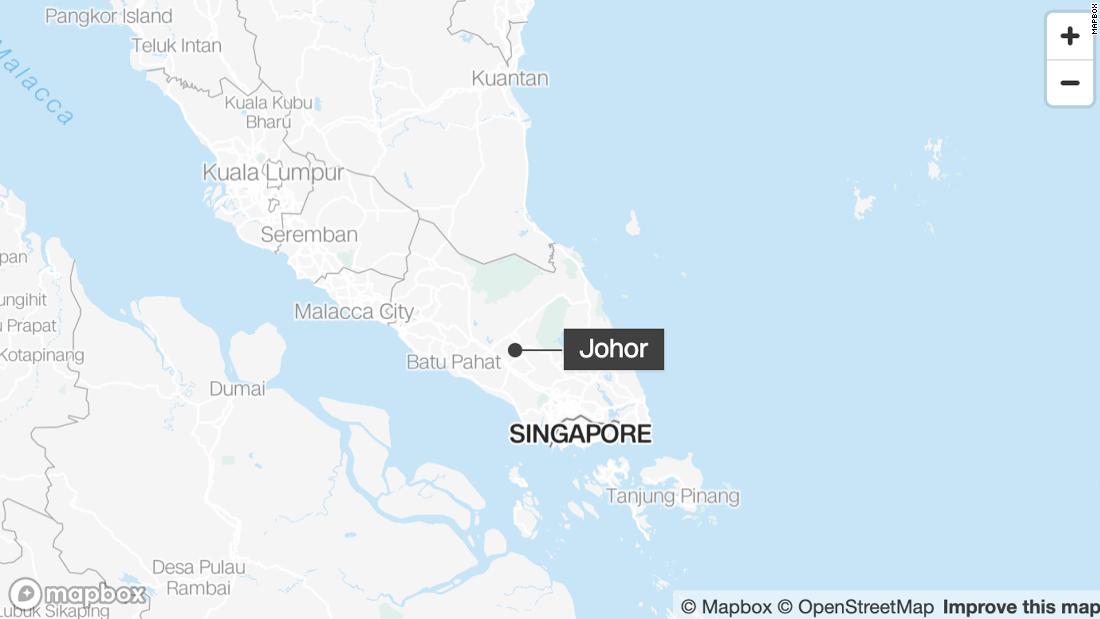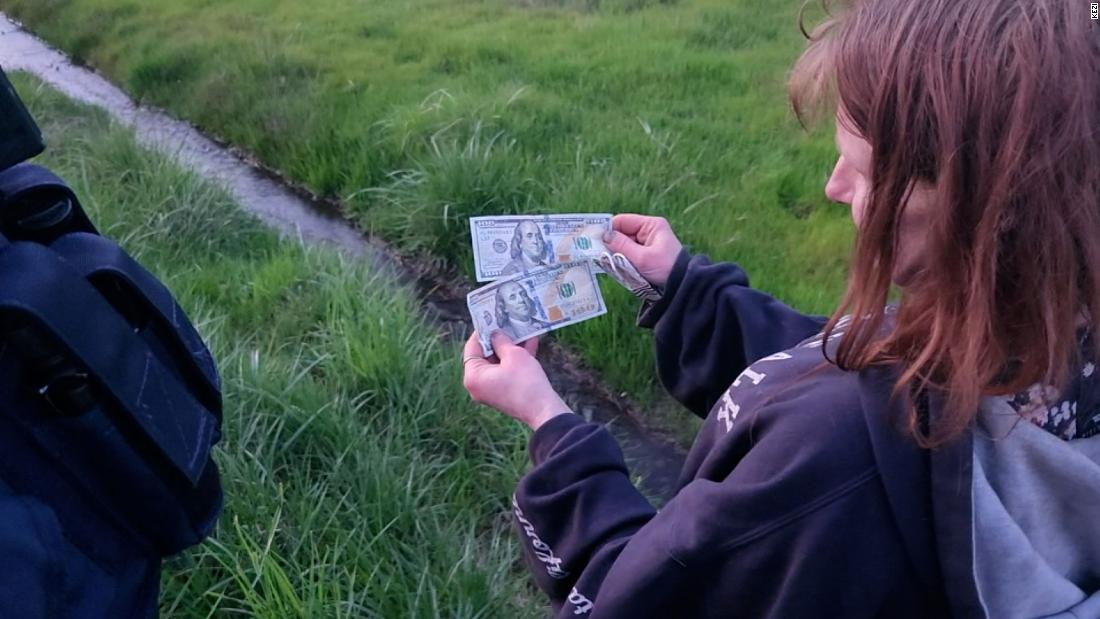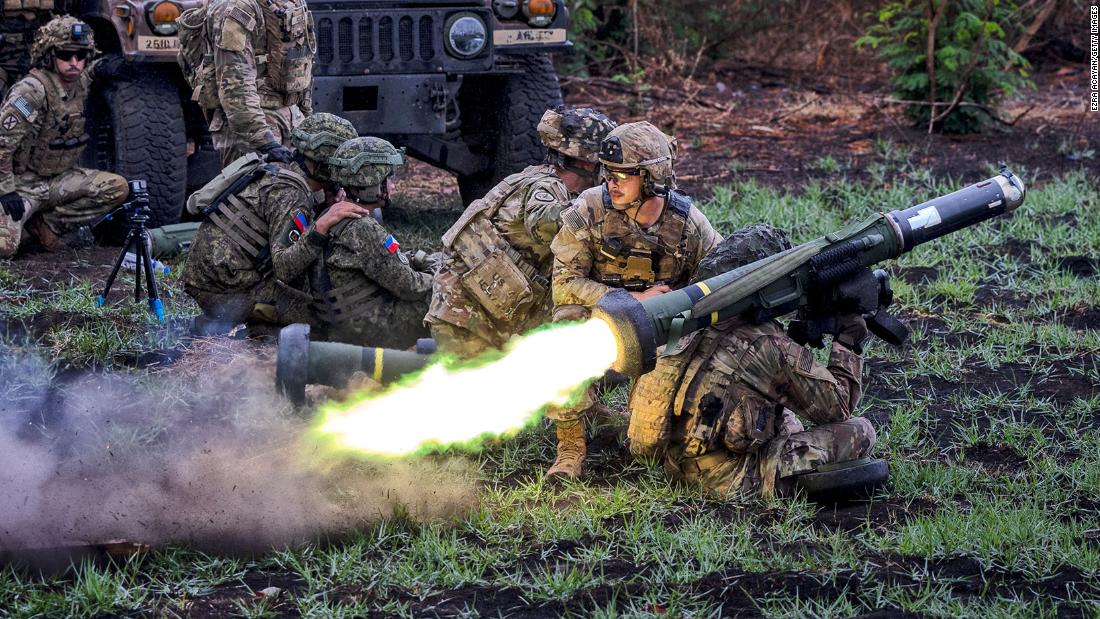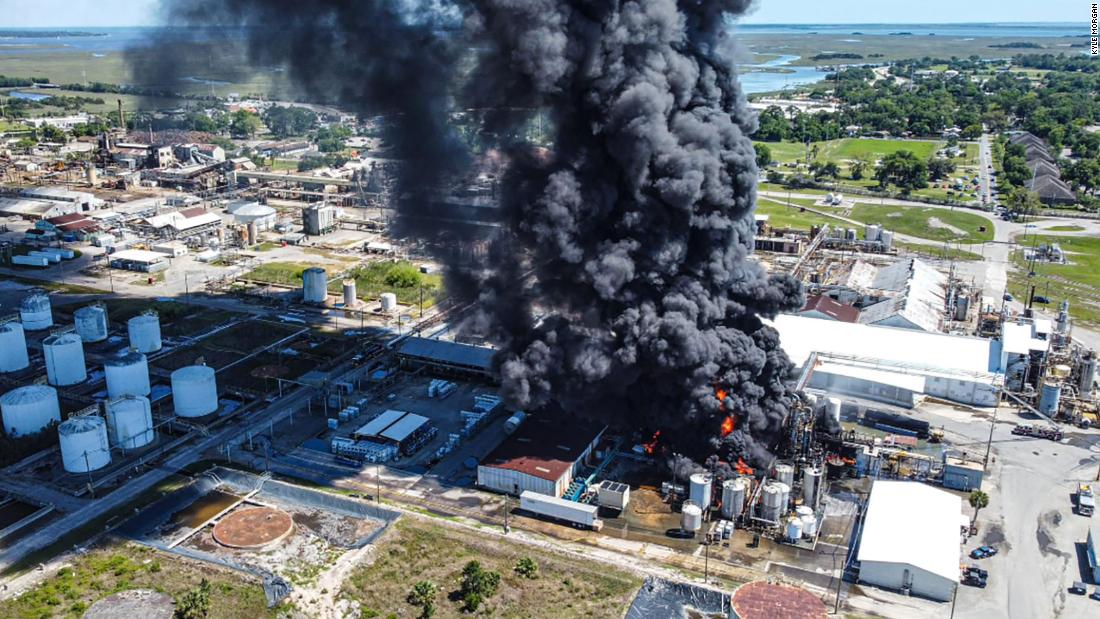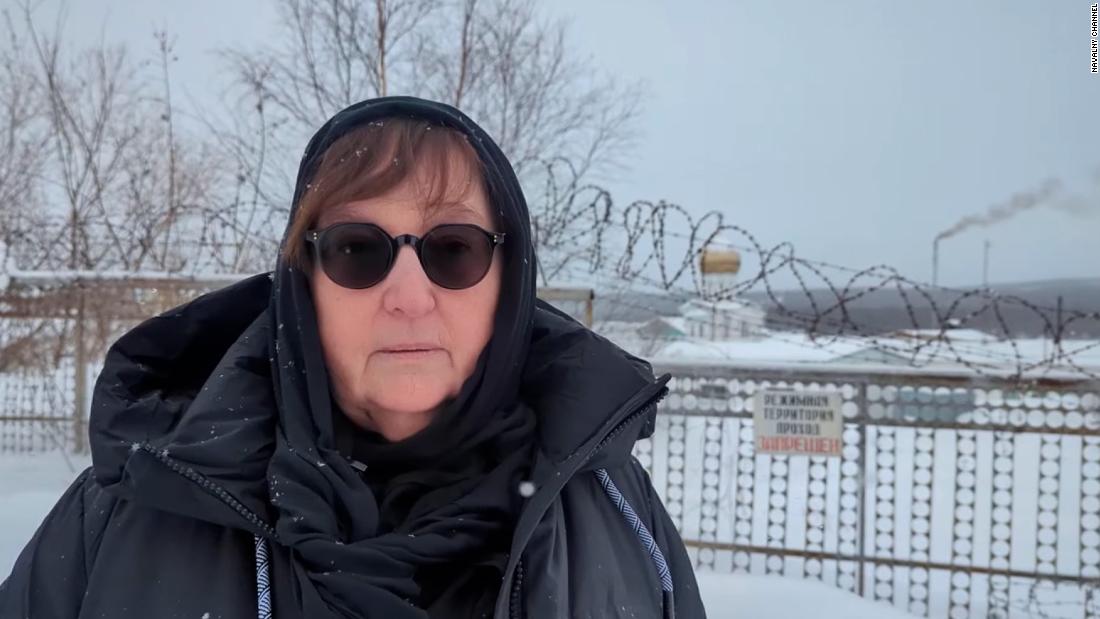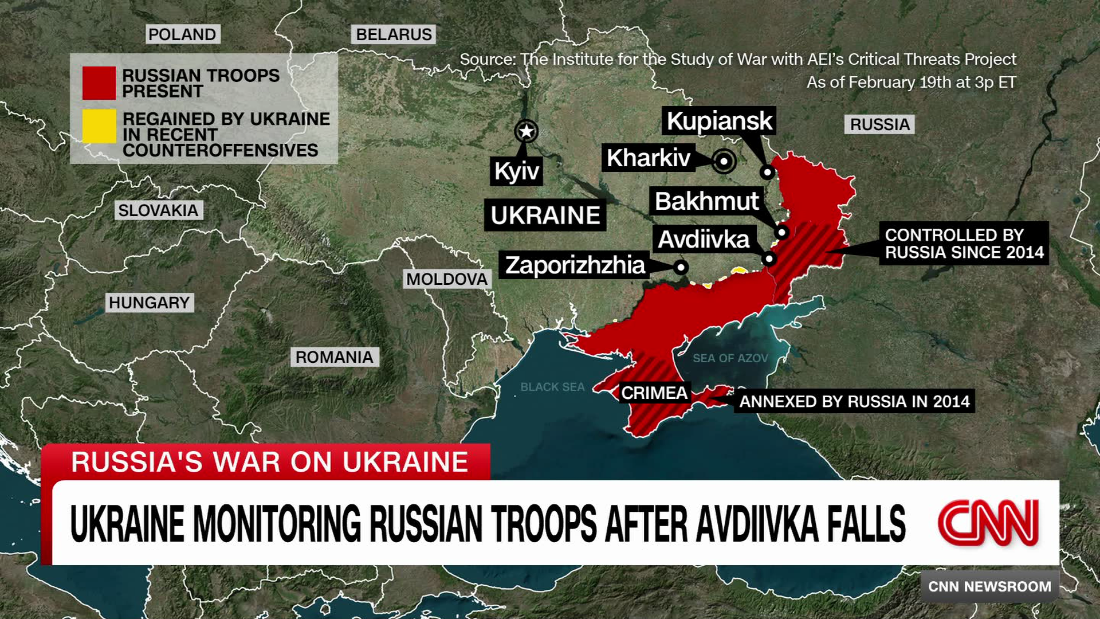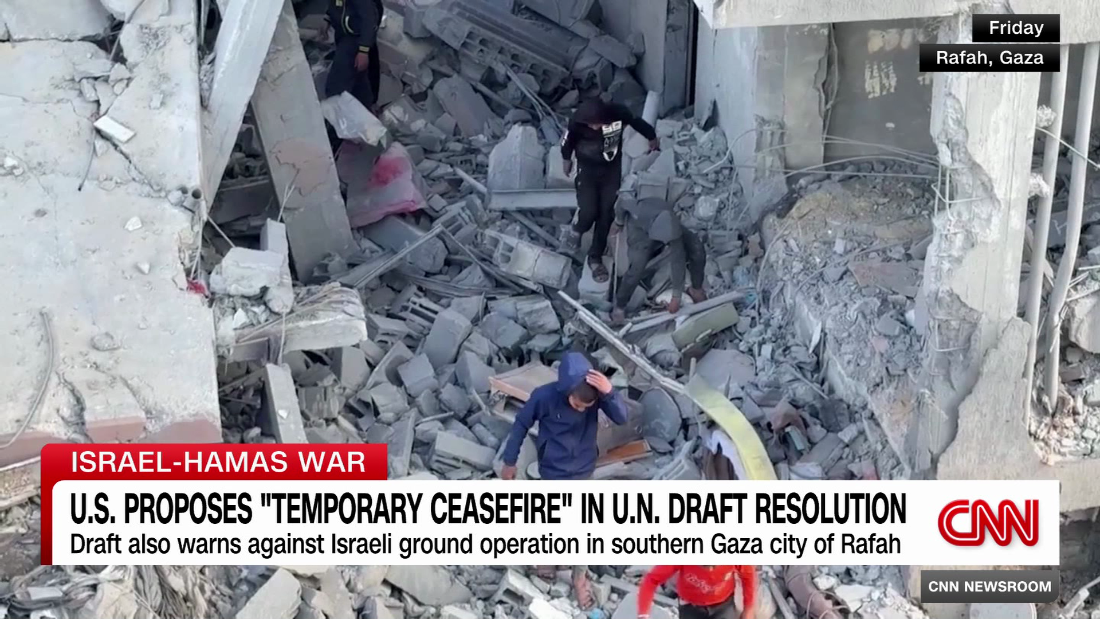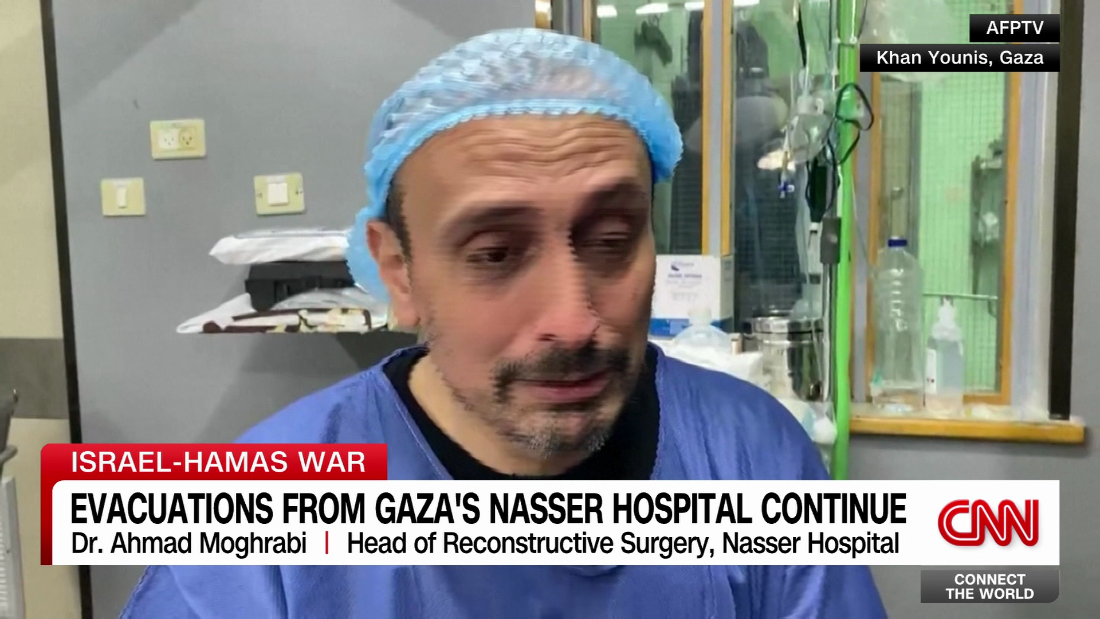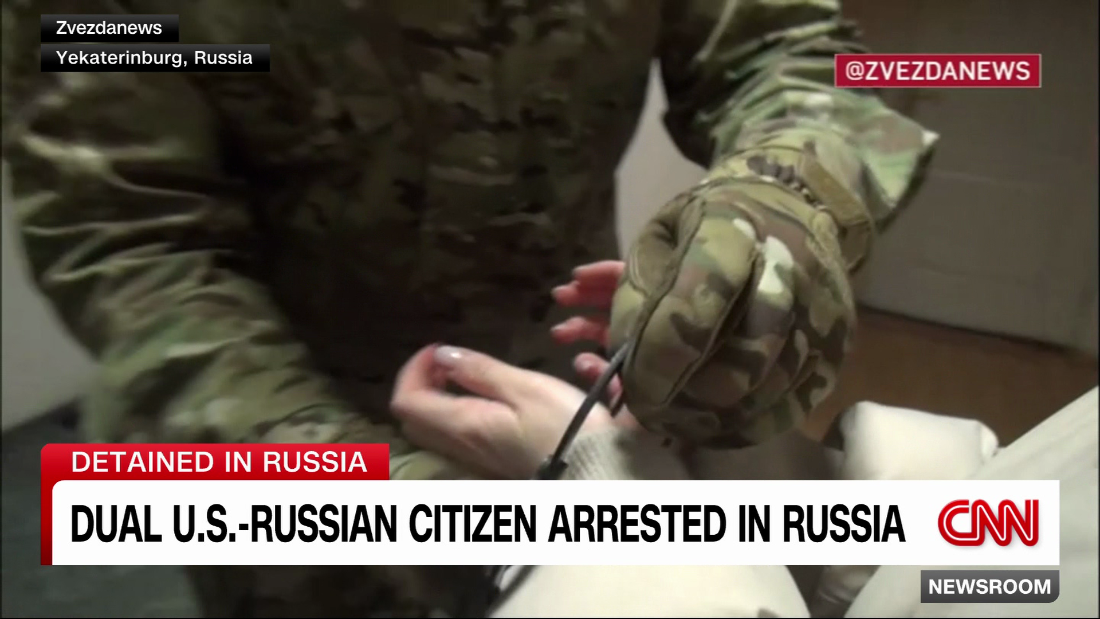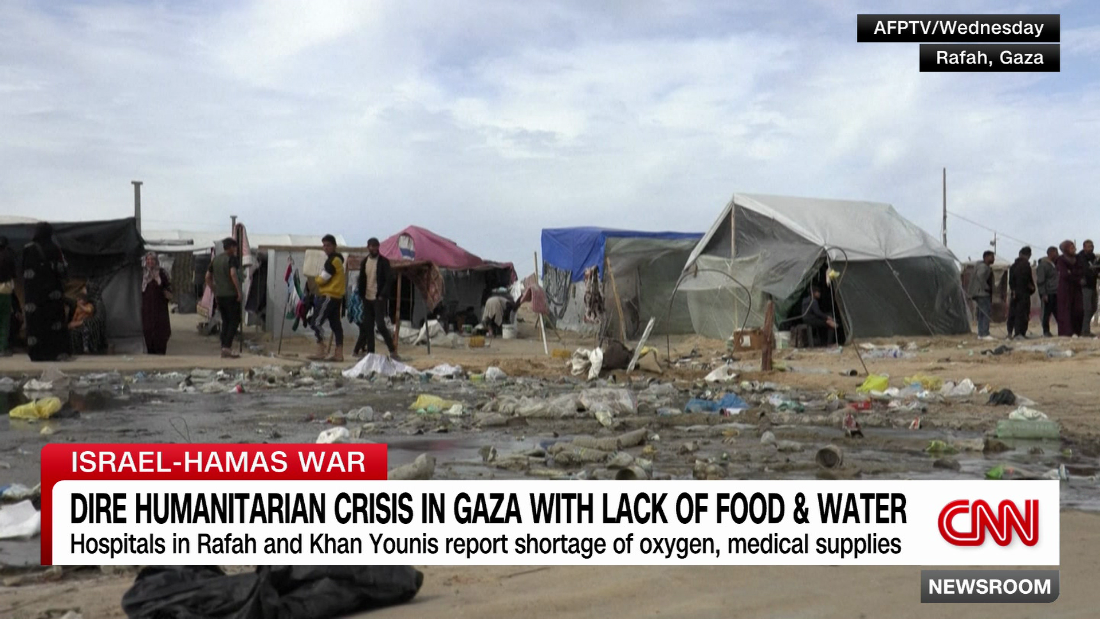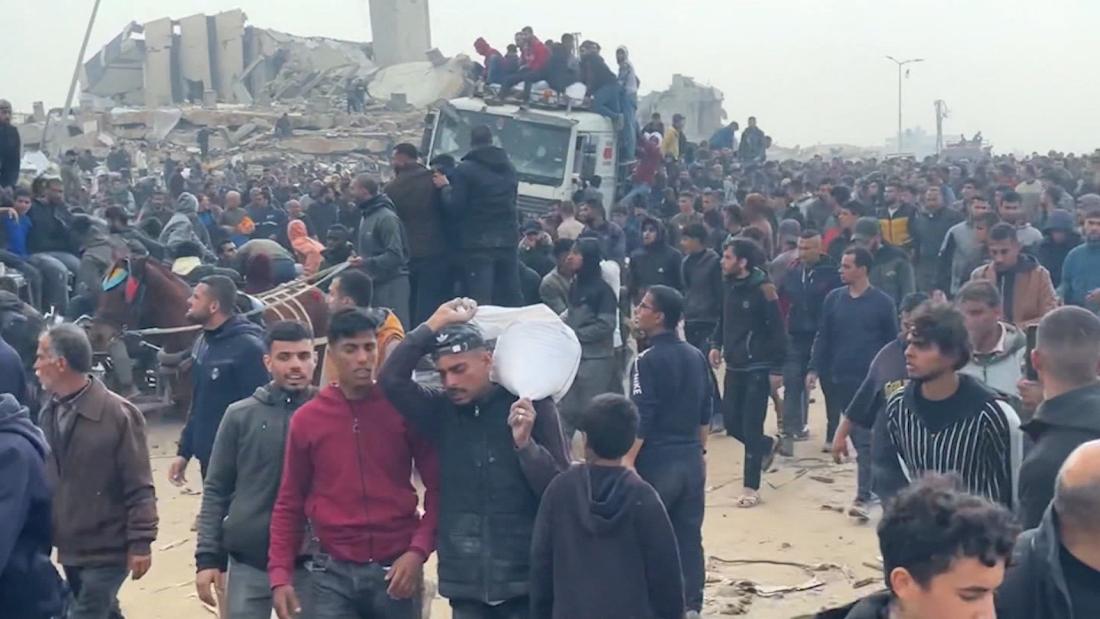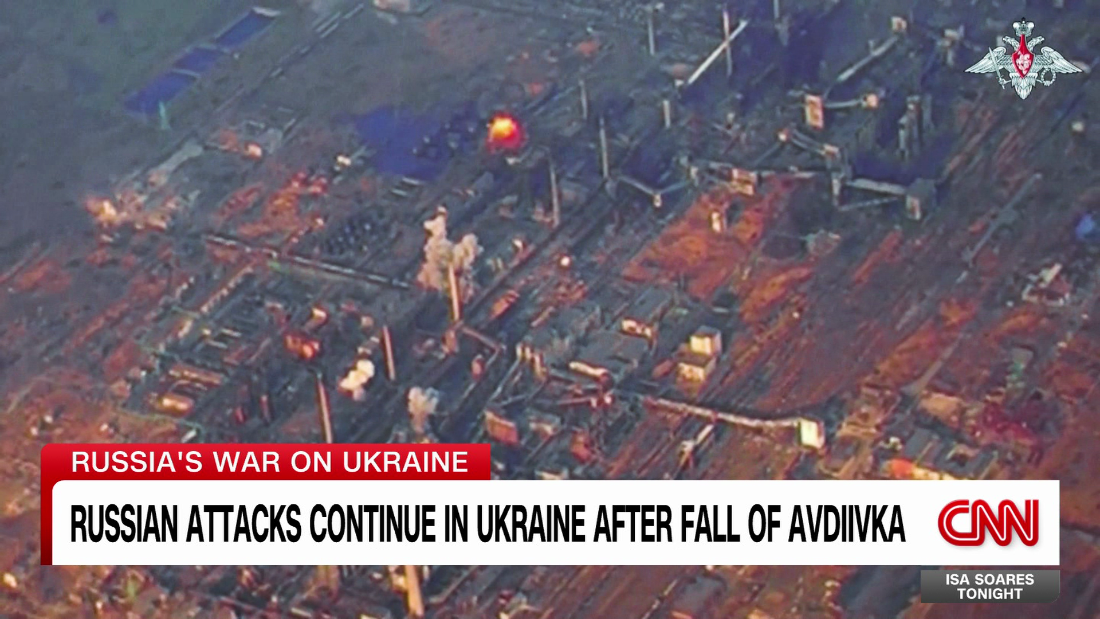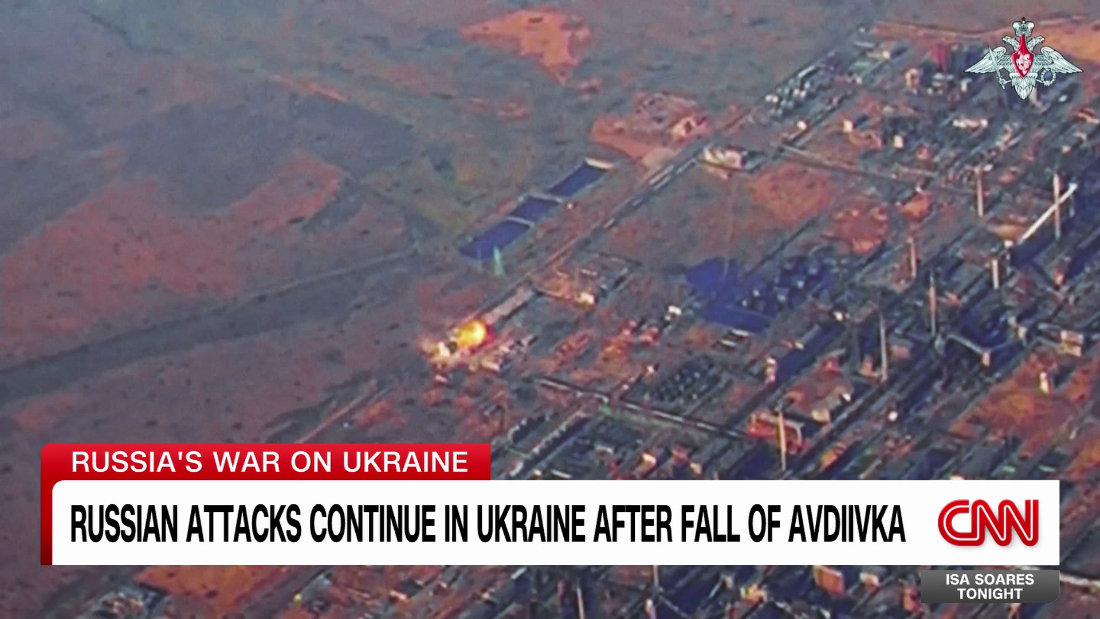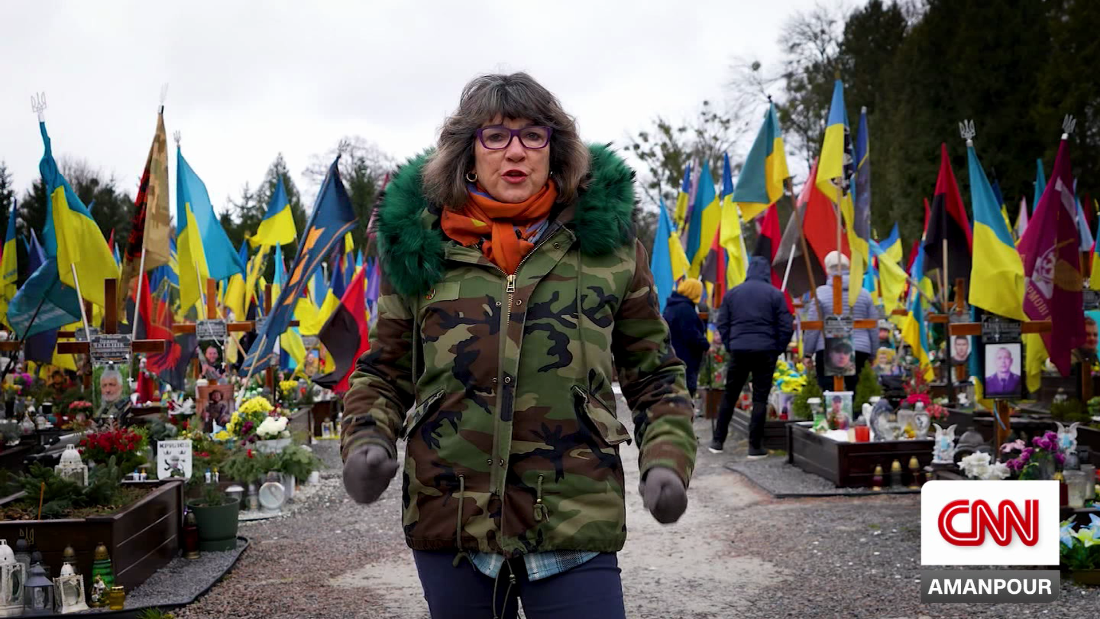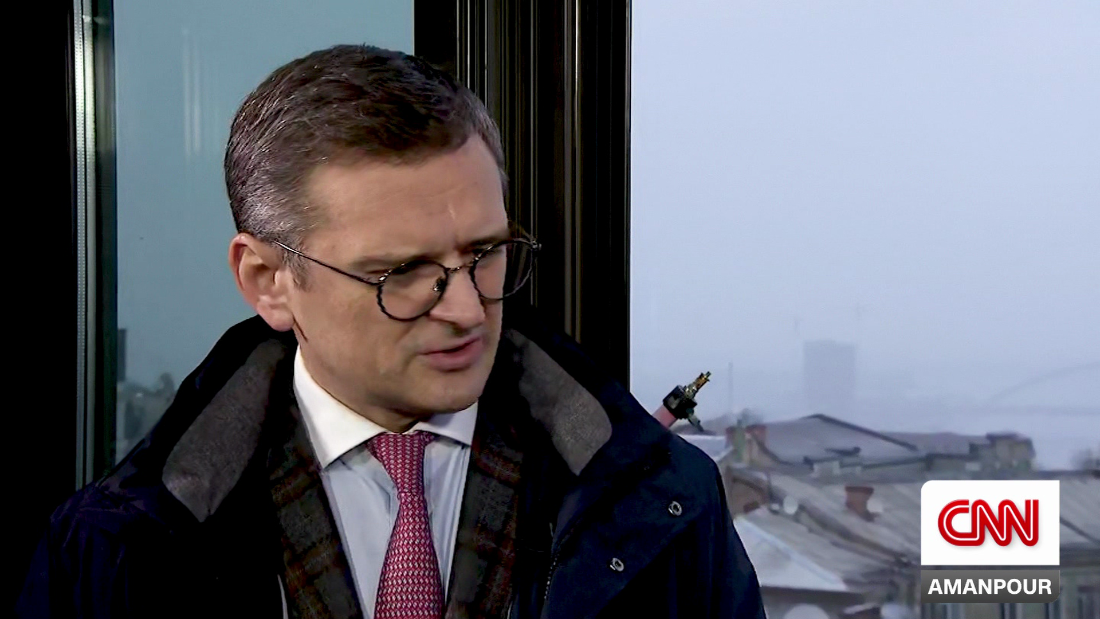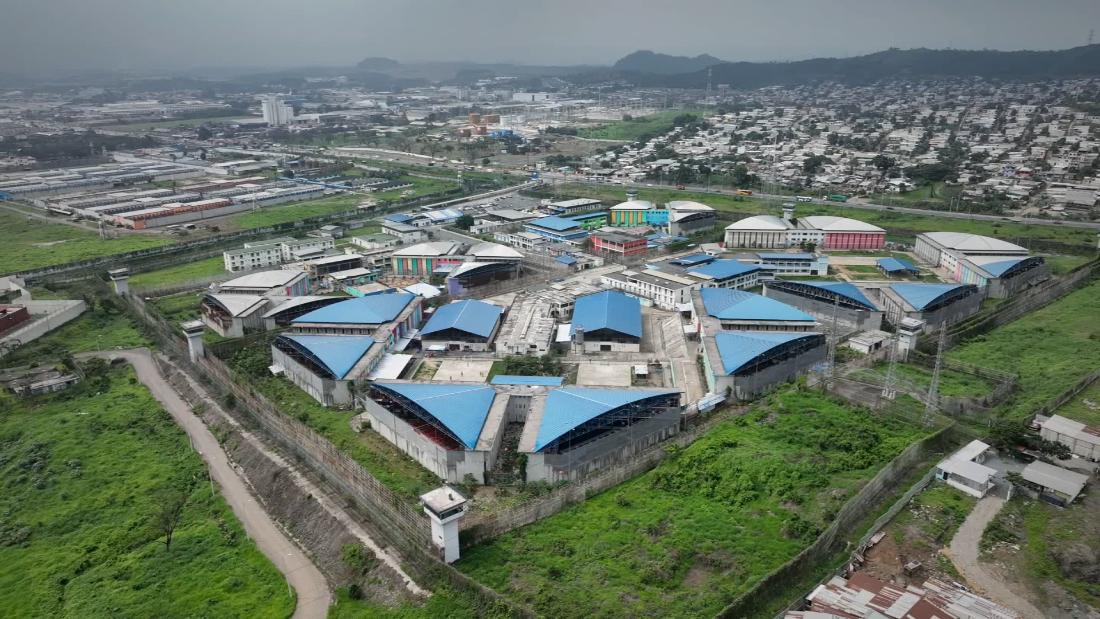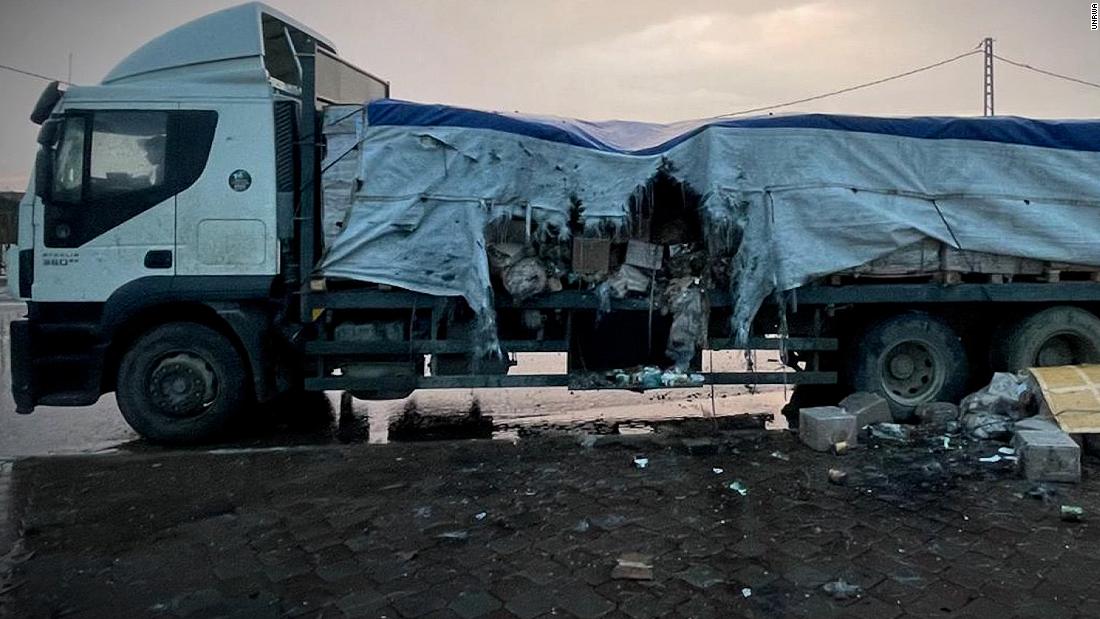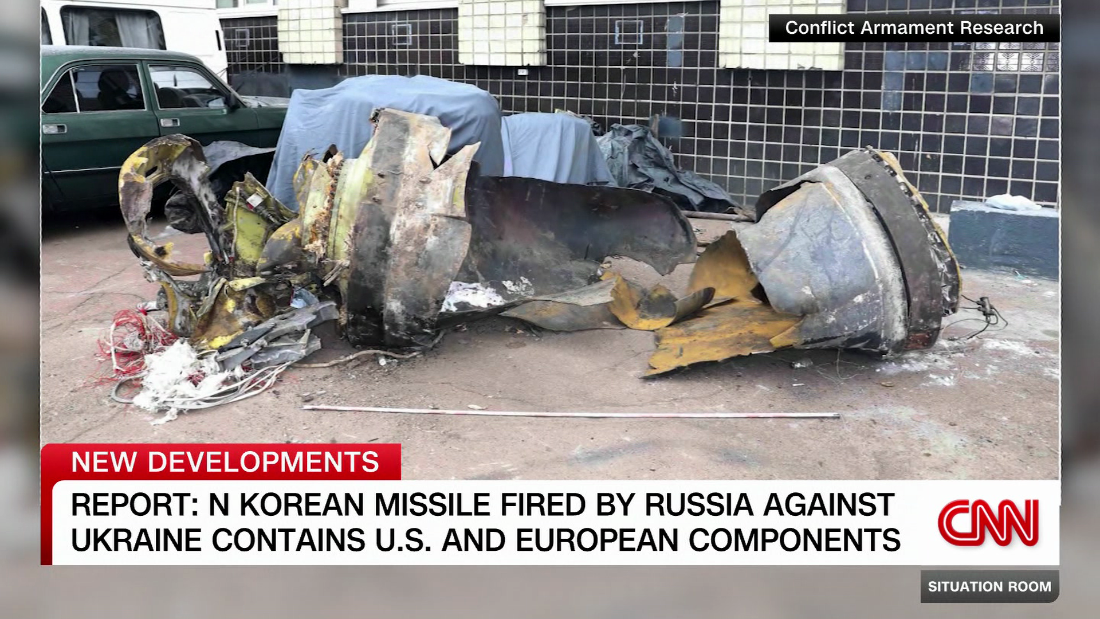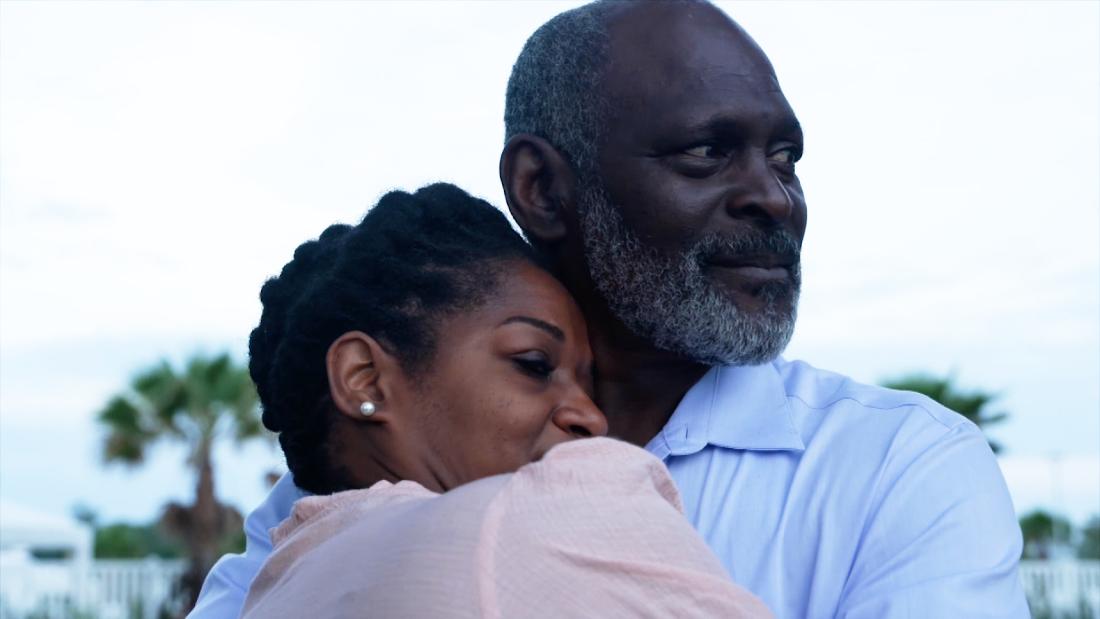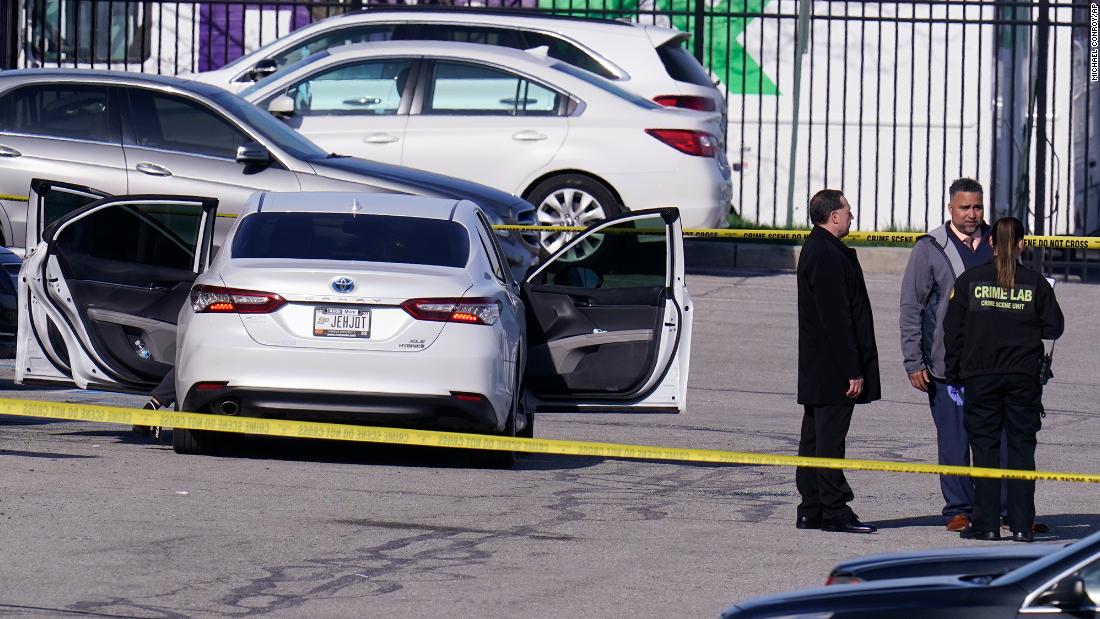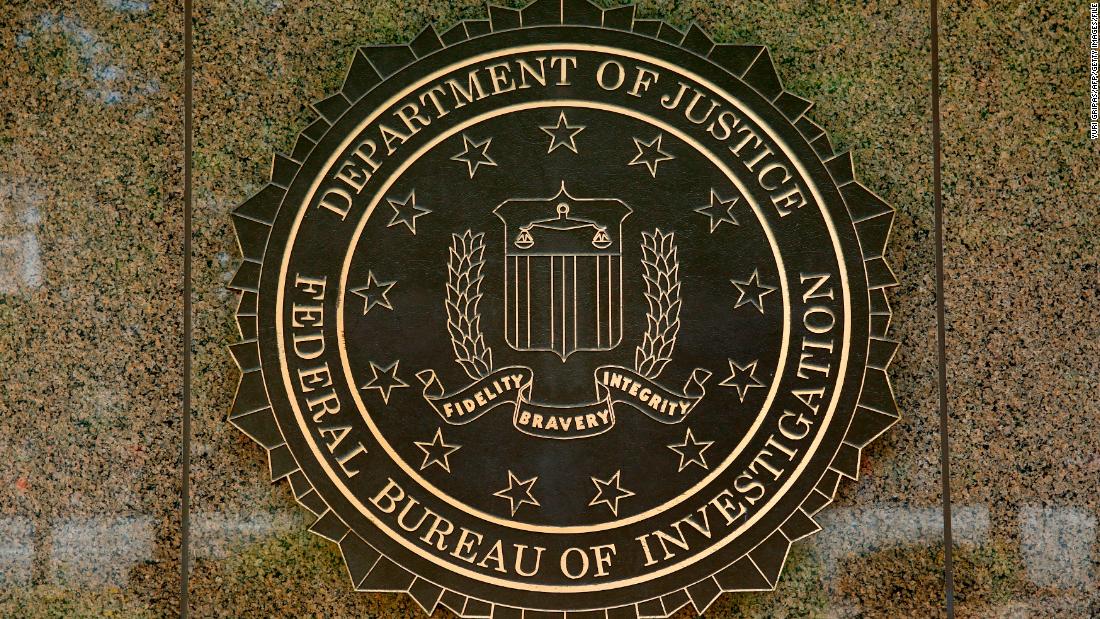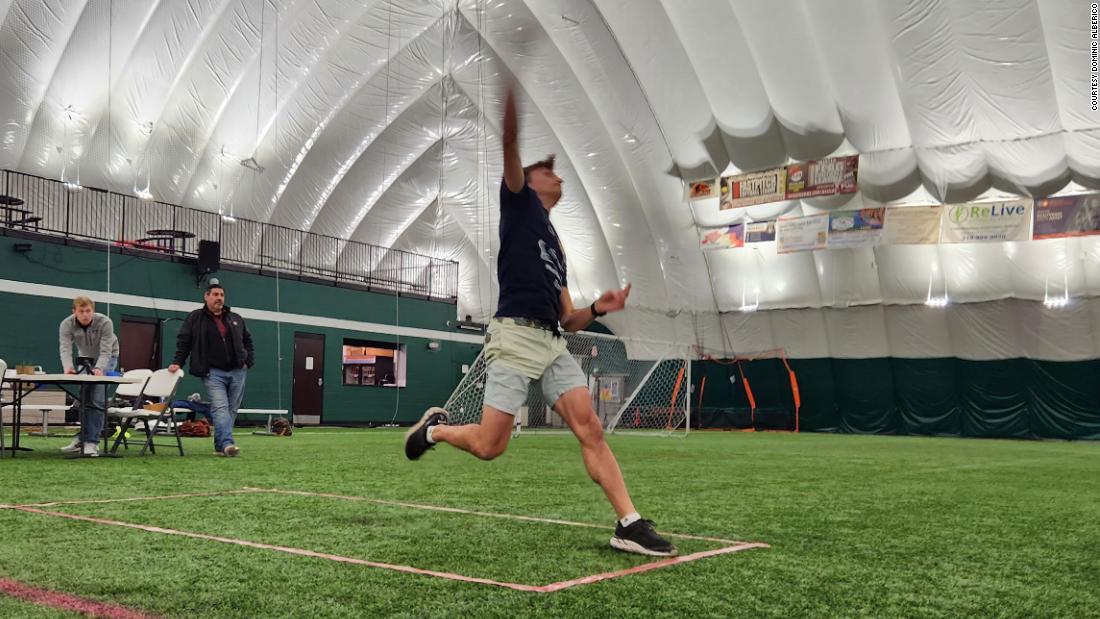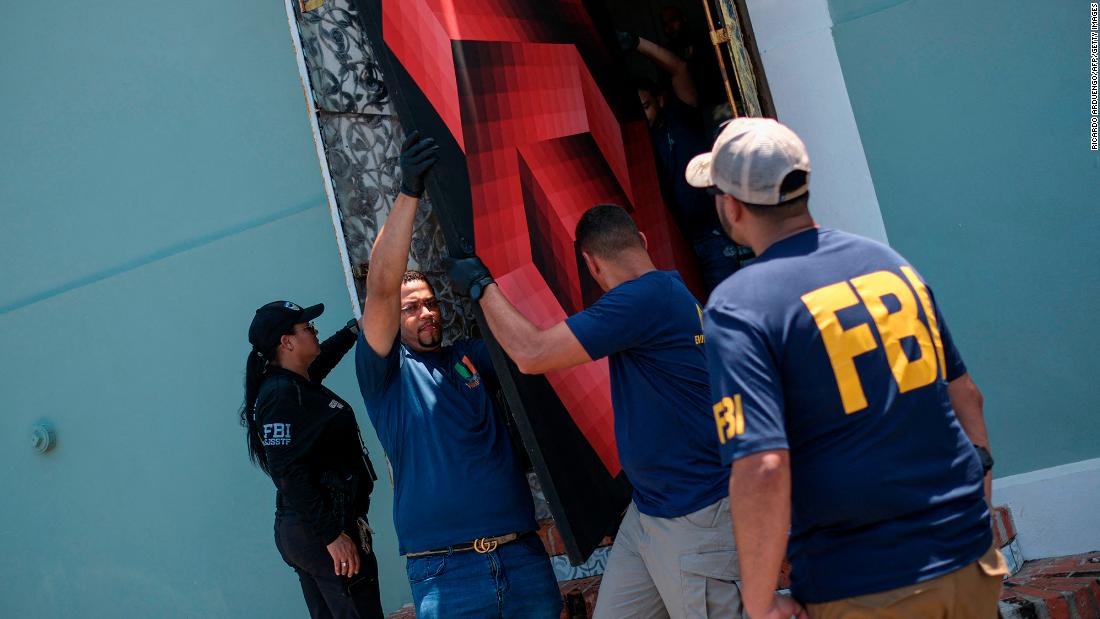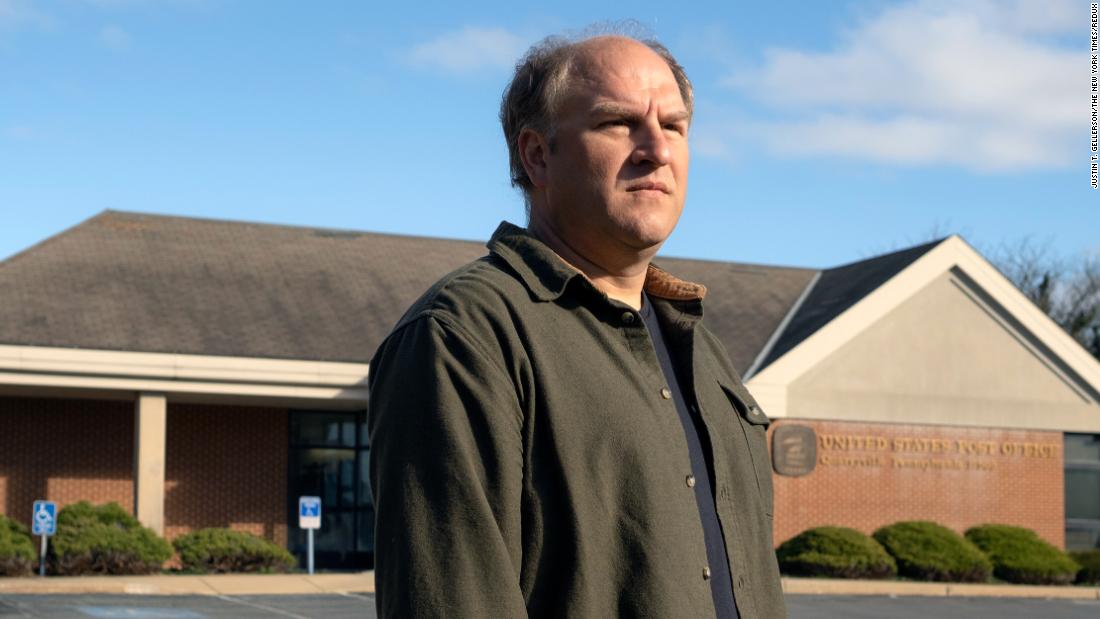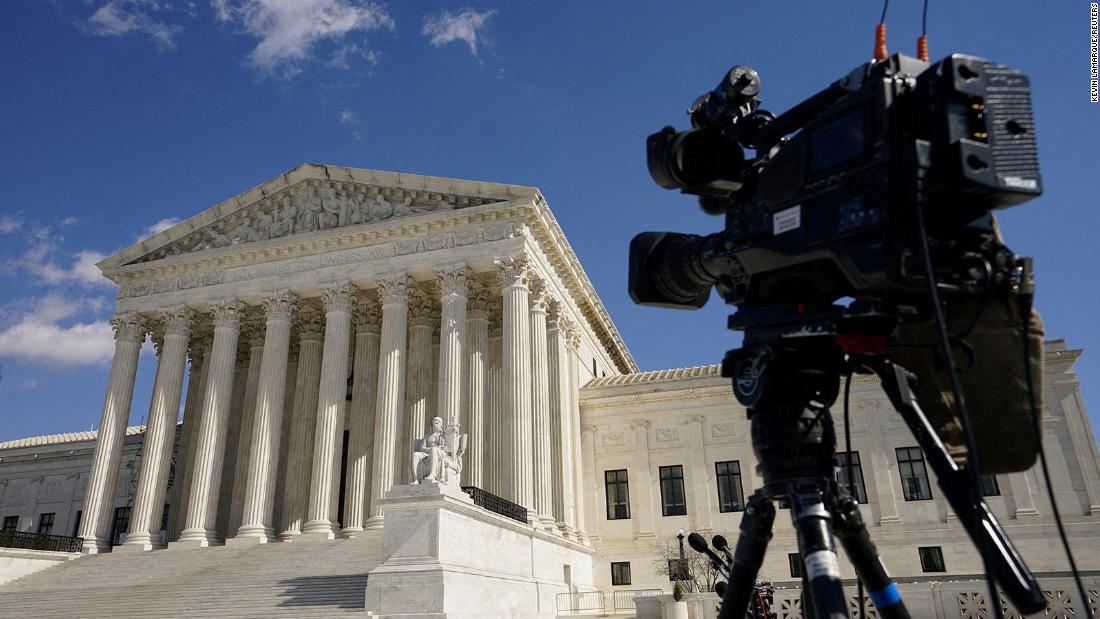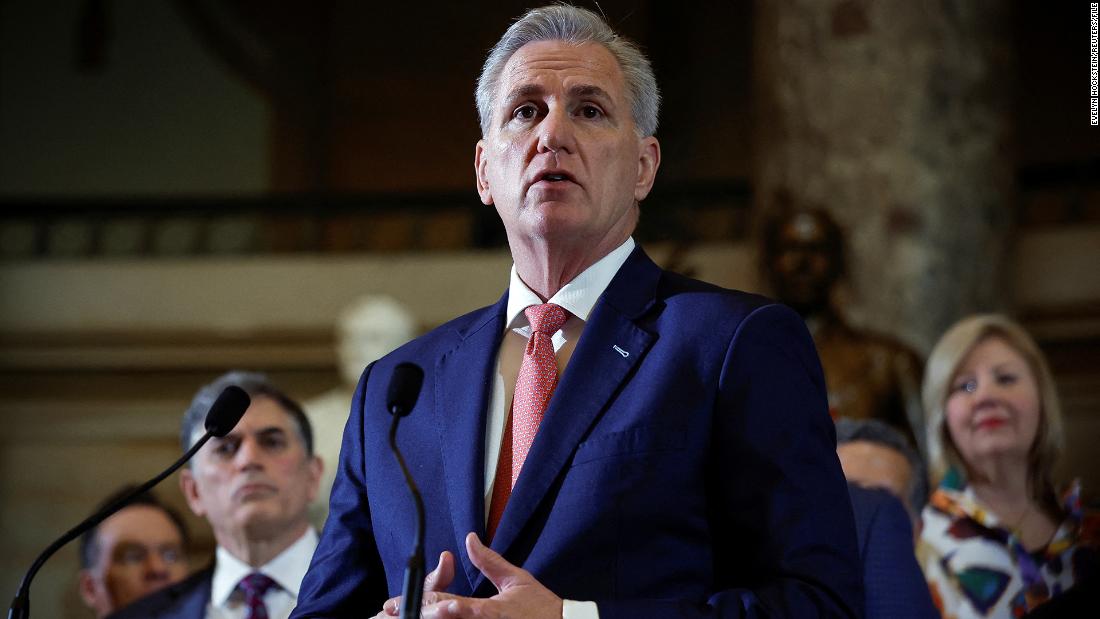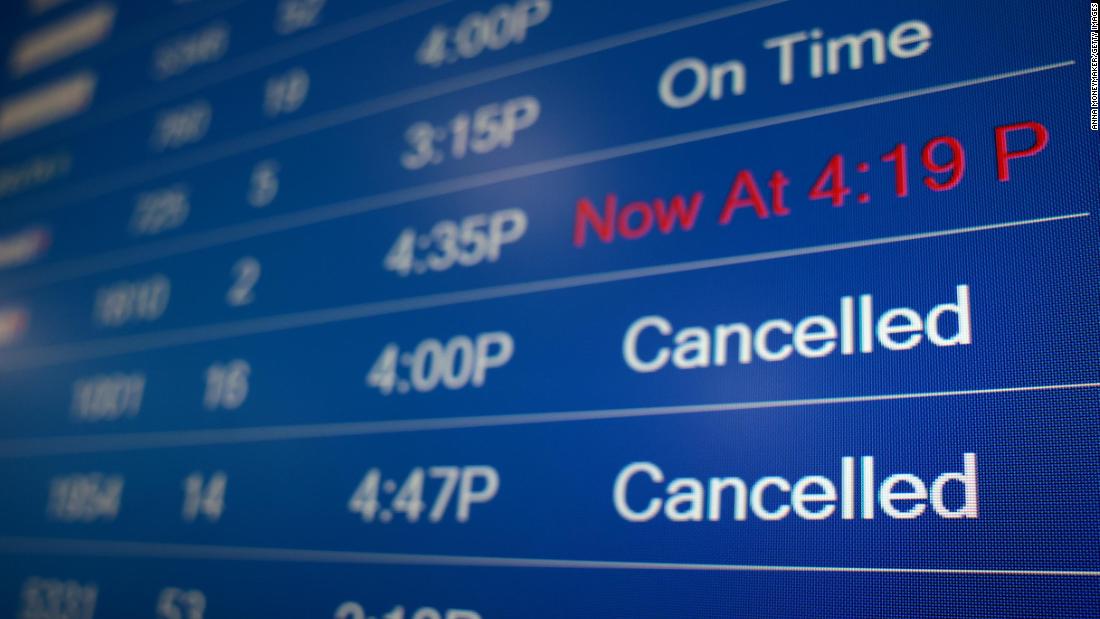IT feels a month doesn’t go by without a new aviation disaster, or near miss.
Last year was one of the worst for air accidents that anyone can remember – and it looks as if this run of bad luck has continued into 2025.
Facebook / John NelsonShocking pictures show the aftermath of the Delta plane crash that saw the Bombardier CRJ900 flip on its roof[/caption]
Facebook / John NelsonOfficials confirmed 19 people were treated for injuries and two were airlifted to trauma centers for critical but non-life-threatening injuries[/caption]
Lying upside down on the tarmac of Toronto International Airport, it is nothing short of miraculous that all 80 passengers and crew onboard survived Monday’s dramatic crash landing.
It comes after a string of high-profile aviation incidents in which, unfortunately, those on board were not as lucky.
Last month, American Eagle Flight 5342 came crashing down in Washington DC after colliding with a military helicopter, killing all 67 on board.
This followed a devastating crash in South Korea that killed all but two of the 177 on board in December.
These horrific disasters are affecting prospective travellers too. A recent survey by analytics company Quantum Metric found that one in four plan to take fewer flights due to safety concerns.
So what is going on in our skies – and is it really a dangerous time to fly?
Speaking to The Sun, aviation experts insist flying remains an incredibly safe way to travel.
“When you look at it, [flying] is still pretty safe,” says aviation security expert Julian Bray. “It’s six times safer than going out in your car.”
“Although when these accidents and incidents do happen, they tend to be quite dramatic in terms of casualties and outcome.”
Nonetheless, from an increase in turbulence to shoddy manufacturing issues and overworked air traffic control, experts point to a number of modern phenomena that have impacted recent tragedies.
Turbulence trauma
It’s a fact of flying, but it’s getting worse, according to scientists.
Researchers based at the University of Reading have found that the duration of severe turbulence in the North Atlantic has increased by more than 50 per cent since 1979 – especially around jet streams, the flows of air at cruising height.
In May last year, Singapore Airlines Flight 321 was violently pushed up nearly 400ft in only a few seconds.
ReutersPictures from inside Singapore Airlines flight 321 show the extent to which turbulence rocked the aircraft last May[/caption]
ReutersMore than 40 people ended up being treated for injuries[/caption]
RexGeoff Kitchen, 73, died of a heart attack when severe turbulence hit the plane[/caption]
Over 40 people on board were treated for serious injuries – and one 73-year-old man even lost his life.
“It’s wrong place, wrong time,” says Marco Chan, a former airline pilot and a senior lecturer in aviation at Buckinghamshire New University.
“Us pilots can’t see the turbulence. It’s just wind after all – there’s no detection on our radar system.”
Airlines use jet streams to save fuel and get to their destinations faster – so flights could get more and more unsteady as air temperatures rise.
Fortunately, fatalities from turbulence remain extremely rare, with only a handful of deaths in the last three decades.
Design flaws
The last few years saw Boeing, one of the world’s largest aircraft manufacturers, embroiled in scandal over poor design and shoddy manufacturing.
In January 2024, a packed flight over the US narrowly escaped disaster when a side panel was torn mid-air.
The investigation found critical bolts were missing.
ReutersA photo taken by investigators shows the hole that was left after a panel ripped off Alaska Airlines Flight 1282[/caption]
Whistleblower Sam Mohawk described the factory floor as “chaos”, with faulty parts potentially making their way into aircraft.
It followed serious incidents in 2018 and 2019 that saw 346 people die when a Lion Air Boeing 737 Max 8 jet and an Ethiopian Airlines Max 8 crashed just minutes after take-off.
Last year, the firm agreed to plead guilty to criminal fraud in the development of the Max and pay hundreds of millions of dollars in fines.
Thankfully for fliers, the airline giant has since made strides to regain its reputation for safety.
“It used to be run by marketing men. We found out that literally Boeing was marking its own homework,” says Julian.
“You’ll be pleased to hear that an engineer is now the chairman of Boeing, and they’re going in a completely different direction.”
Air traffic control chaos
In the aftermath of last month’s Washington DC crash, it emerged that an air traffic controller had left their post early on the night of the incident.
More concerningly, 90 per cent of air traffic control facilities in the country have been operating below FAA (Federal Aviation Administration) recommended staffing levels, according to US media reports.
APWreckage from the American Airlines floating in the Potomac River in Washington DC, following the January 29 crash[/caption]
ReutersInvestigators in the US are now trying to piece together how last month’s collision in Washington DC happened[/caption]
ReutersAviation expert Julian Bray says that it is likely the Washington crash will prompt changes in how air traffic controllers operate[/caption]
“For years, America has been saying their airspace is safe. But the reality is they’ve jammed an awful lot into it,” says Julian.
A day of cancellations can also lead to heightened risks, with air traffic congestion a major risk.
“With more flights than usual operating with the same timeframes, airports and airspace can become overcrowded,” Marco says.
“Aircraft availability and maintenance requirements also become strained in these scenarios, which may lead to compressed turnaround times, increasing the risk of operational errors, maintenance oversights, or unexpected mechanical issues that could cause further delays.”
Warzone conflicts
On Christmas Day last year, Azerbaijan Airlines Flight 8243 crash landed in a fireball after being hit by a Russian missile.
As conflict spreads around the globe, more and more airspaces are becoming too risky to fly into.
“Back in the day, missiles didn’t go high enough – but now they can,” explains Julian.
“Conflict zones tend to spring up quickly, or you might find a country will close down its airspace even when you’ve got aircraft in the sky.
“Very quickly your aircraft has to divert – but has it got enough fuel to do it?”
Why flying is still safe way to travel
By Sophie Swietochowski, Assistant Travel Editor
Recent horror stories of tragic turbulence, mid-air collisions and overturned planes are getting holidaymakers in a tizz, with many questioning whether or not they should be jetting abroad for their annual getaway this year.
But the truth is: flying is pretty much the safest method of transport there is. Aside from trains, perhaps.
To put it into perspective, approximately 1.19 million fatalities occur globally each year as a result of road traffic incidents, while the figure for plane fatalities is around 100 per year on average.
This means your daily commute to work probably puts you at greater risk than your summer holiday flight.
Rest assured, staff undergo vigorous safety checks ahead of take-off, while thorough maintenance checks are carried out every few hundred flights.
We are lucky enough to have some of the safest airlines right here in the UK, with Ryanair and easyJet named two of the safest in the world in AirlineRatings.com annual round-up for 2025. Wizz Air, Jet2 and British Airways are also on the list.
If you’re still feeling uneasy, the best way to keep yourself safe is by listening to the safety demonstrations and wearing your seatbelt when seated.
It’s understandable that people are panicking, but try to let the statistics reassure you that flying really is safe.
And now, rogue rebel groups increasingly seem to have access to weapons and equipment capable of hitting airliners – with scant concern for the diplomatic consequences.
The safety of flights bound for the UK relies on strong security measures being in place abroad, but standards can vary around the globe.
Tips to stay safe
The number one tip to staying safe is to keep your seatbelt on, recommends Marco – all the time.
To minimise turbulence, sitting in the middle of the plane near the wings is best, he adds.
But if you want to maximise your chances of surviving a crash, you’re better off going as far back as you can.
This is where the two survivors of the devastating South Korean crash in December were located.
“Read the evacuation card, and go to your nearest exit”, Marco says – especially as you could be left fumbling around in the dark should something go wrong.
While all manufacturers are subject to rigorous safety checks, you can check the aircraft you’ll be flying with by checking the details of your reservation on your airline’s website.
AFPA South Korean flight crash-landed on December 29 following a bird strike, killing all 175 passengers and four of six crew members[/caption]
A double swan strike on a TUI flight forced an emergency landing at Gatwick earlier this month
Footage shows the moment an Azerbaijan Airlines plane crashed in Kazakhstan in December last yearReuters
AFPTragically, 38 people were killed in the crash – though 29 managed to survive[/caption]
APFootage shows the moment a DHL cargo plane crashed in Lithuania in November[/caption]
APTerrifying footage shows the debris from an airplane crash that happened in Brazil back in August, killing all 61 on board[/caption] Published: [#item_custom_pubDate]













